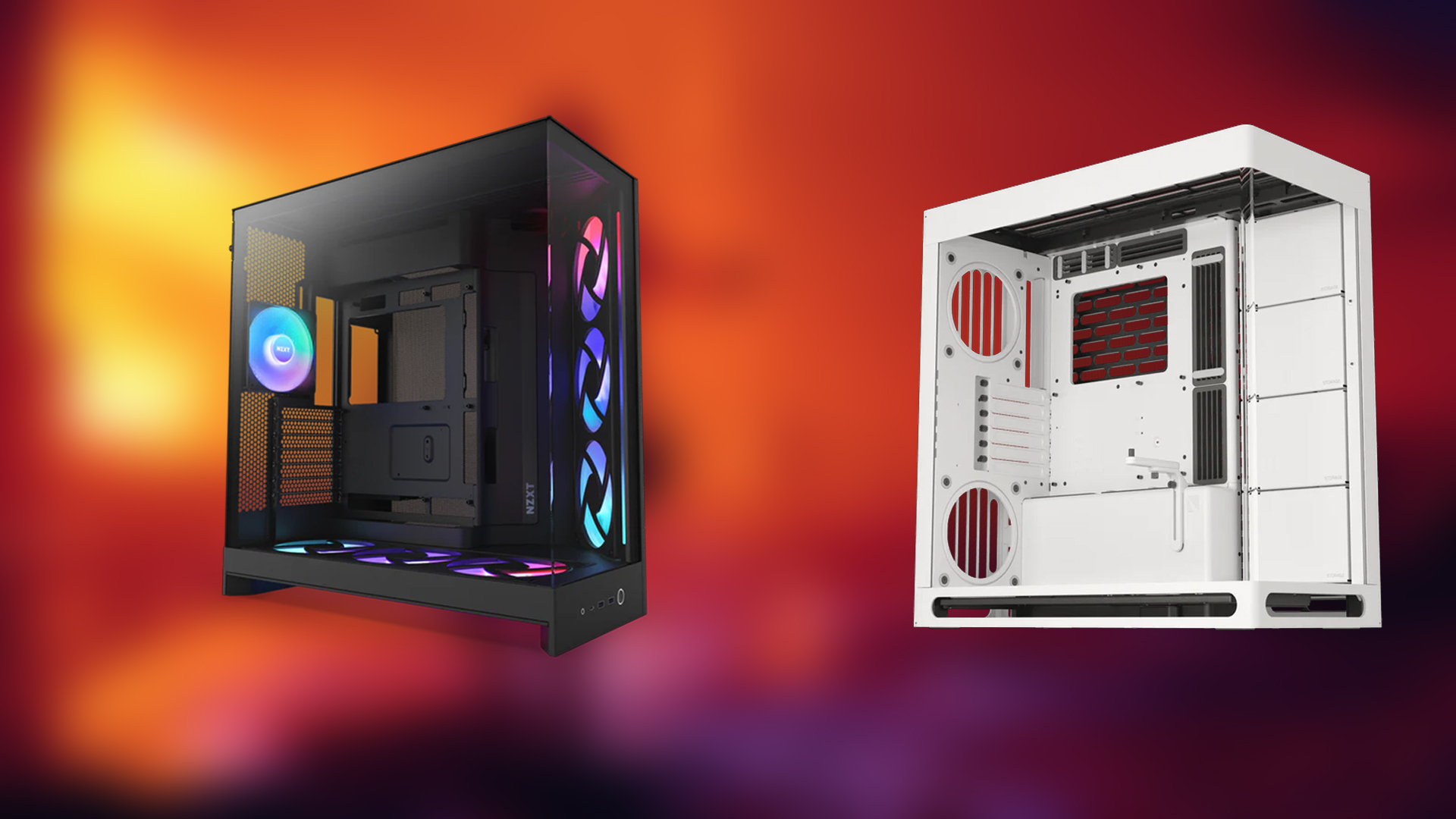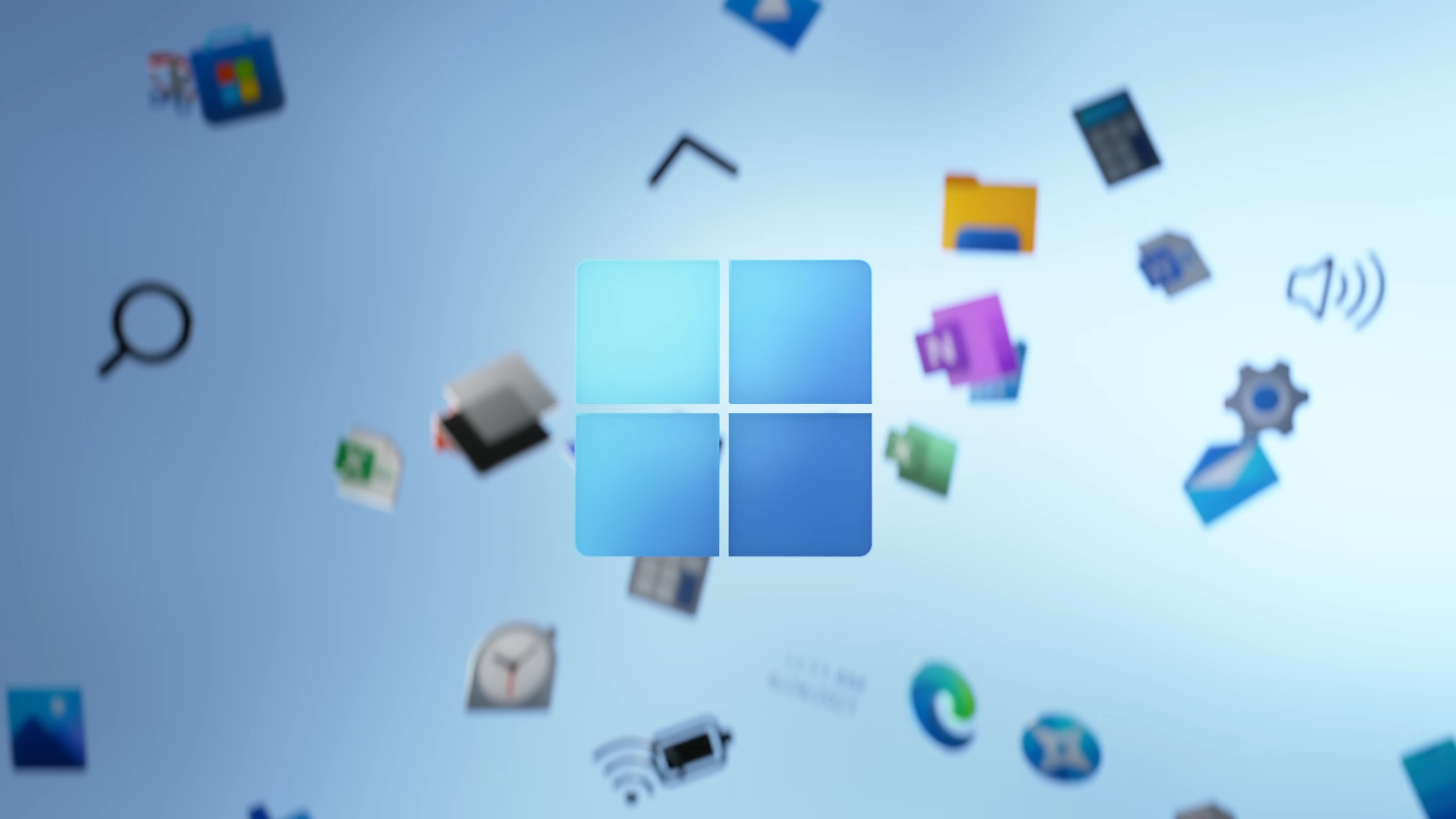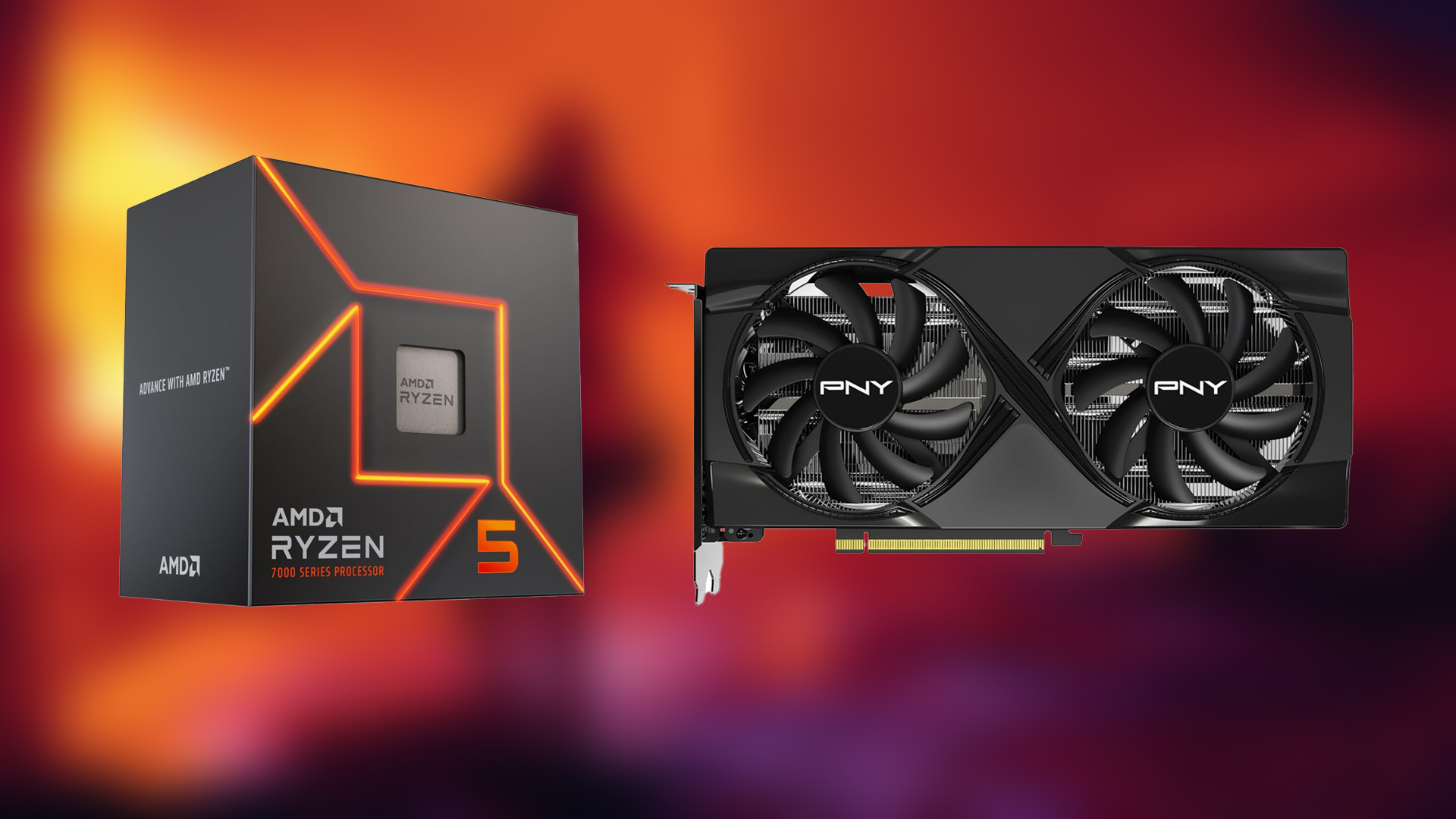Is Gigabit Ethernet holding you back? Discover if 2.5G or 10G networking is worth the investment for your home.
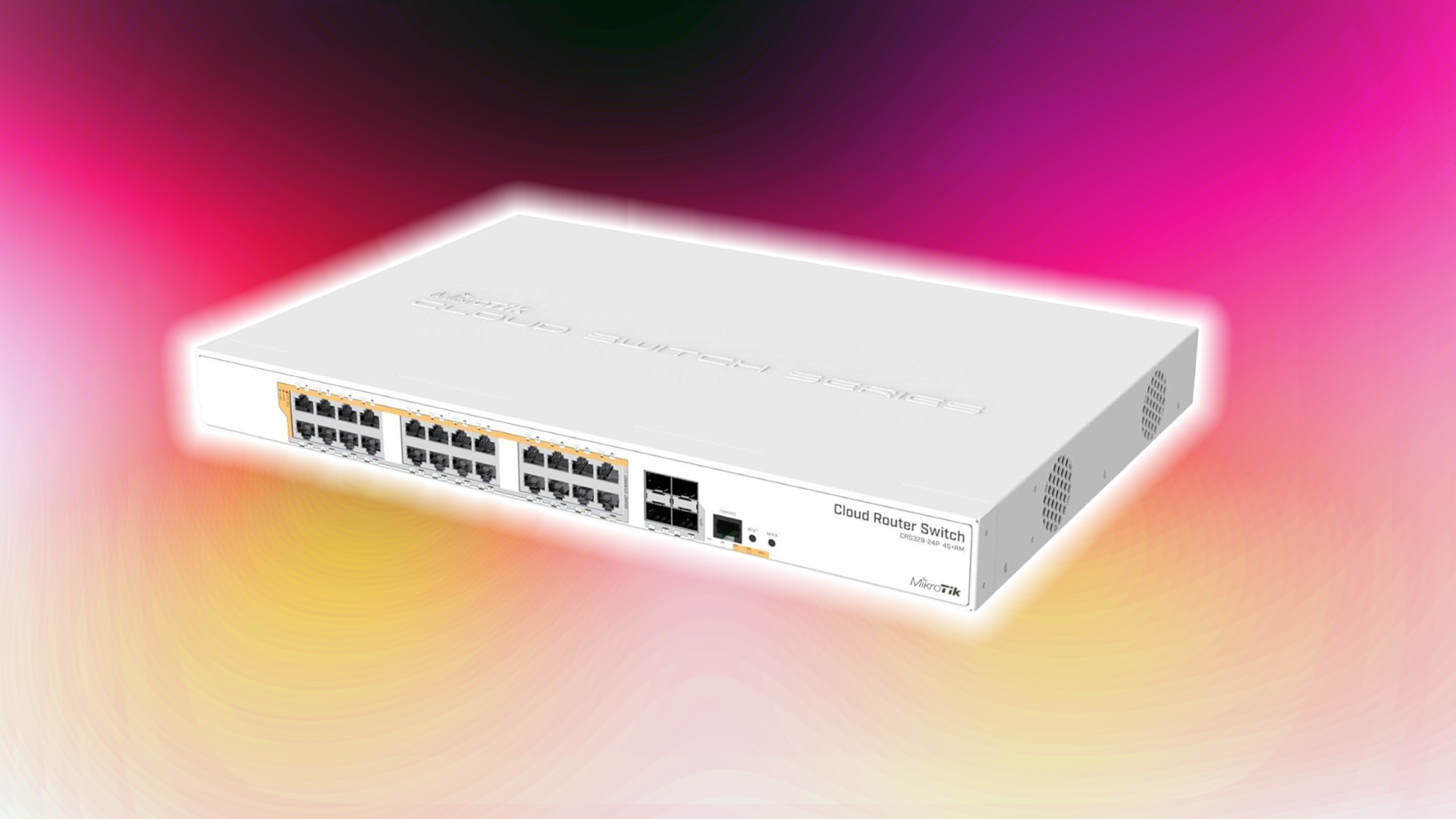
Internet speeds have increased drastically in the past couple of years, to the point where multi-gigabit Ethernet connections are now readily available to consumers. Note, however, that these are more expensive than the more consumer-friendly packages. That said, 2.5G translates to 2,500 Mbps, and 10G translates to 10,000 Mbps; that’s a lot of data to handle.
While these big numbers indicate super-fast internet or a super-fast intranet within your home network, do you need them? Let’s explore more.
2.5G and 10G Ethernet: Understanding Multi-Gig Ethernet Technologies
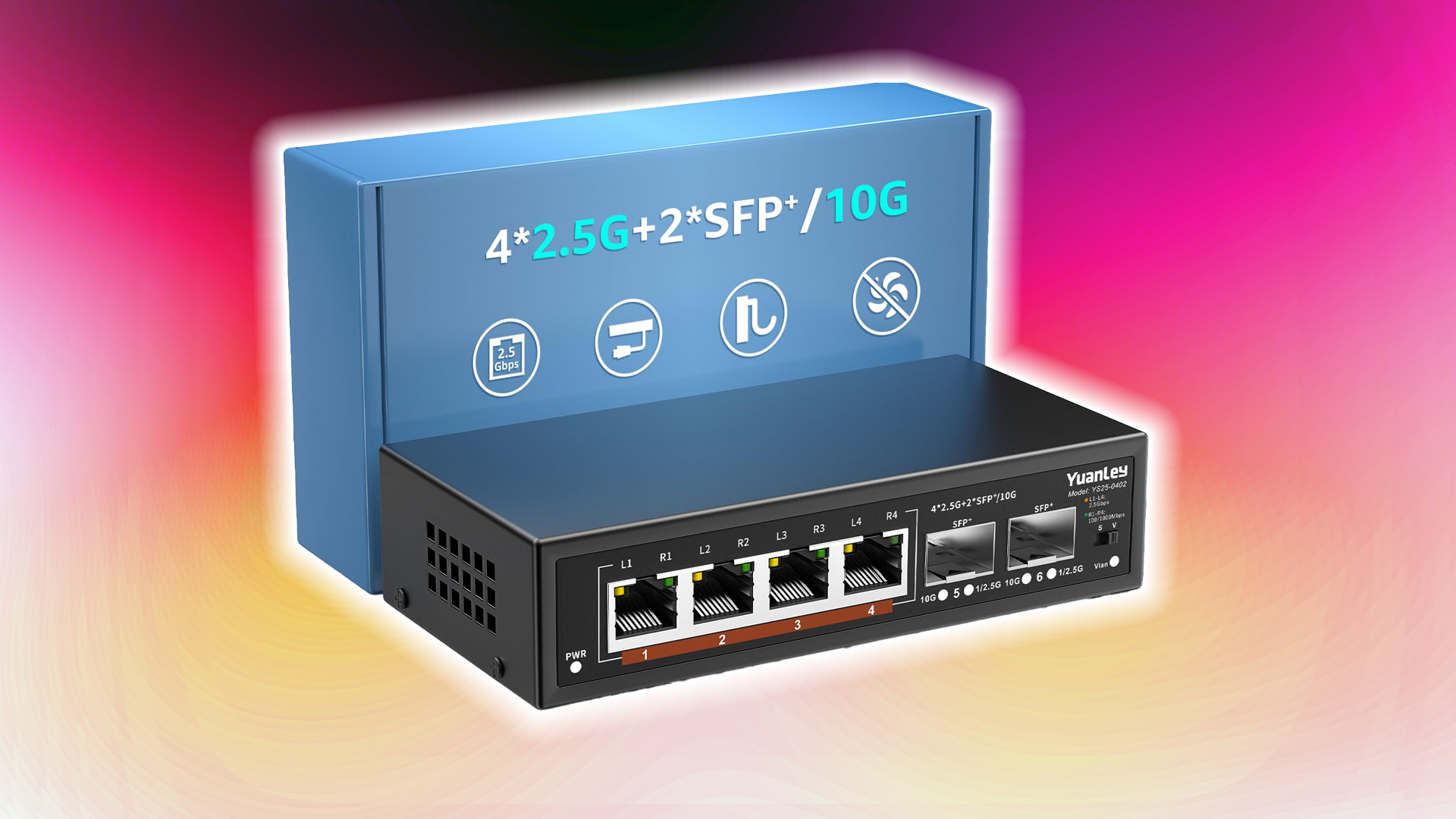
2.5G Ethernet operates at 2.5 times the speed of standard gigabit connections, providing 2,500 Mbps of bandwidth. It leverages existing Cat5e or Cat6 cabling, making upgrades possible without requiring changes to the wires in your home.
10G Ethernet is 10 times the speed of a regular gigabit connection; it’s like downloading an entire 4K movie in seconds. Or even back up 256GB of data in under four minutes. 10G is typically best used under optical fiber routed throughout your home. You must have dedicated 10G SFP ports and switches configured, along with cooling provided, to run the system at its full speed.
10G runs incredibly hot to begin with, thus requiring a complete overhaul. You can get away with Cat7 or even Cat6e cable, but this will only be suitable for very short distances, and you won’t be able to cover your entire home efficiently.
Real-World Benefits for Home Users

Multi-gigabit networking addresses many issues related to your household requirements. Say you have multiple PCs set up in-house, all interconnected. Higher bandwidth throughput enables faster game downloads, inter-file sharing, and media server use cases, among other benefits.
Smart home ecosystems that prefer a fully wired solution, with minimal WiFi 6E access points, benefit significantly if their internet speeds match the multi-gigabit tier. Users with a network-attached storage (NAS) within their network and who are leveraging 10 gigabit connectivity get the fastest media streaming/file sharing/local cloud-based rendering capabilities. With a NAS in the network, you can cache Steam game files and websites, run a local DNS server that enhances privacy and speed, and even back up your data within seconds.
Note: WiFi 6/6E/7 may support multi-gigabit speeds in theory, but consistent performance still heavily favors wired Ethernet.
When Multi-Gig Makes Sense
While superfast network speeds might lure people into investing, in reality, most households can still function adequately with gigabit internet. Only under specific scenarios are multi-gig upgrades justified. Large families with numerous connected devices will benefit from the additional bandwidth headroom. Work-from-home professionals who handle large files or participate in video conferences experience noticeable productivity gains.
4K and 8K streaming also experience significant improvements. The buffering times are instantaneous if the footage is locally streamed; otherwise, if the internet speed is 1 gigabit or more, then there is a significant improvement. In short, users with multi-gig internet plans from providers like Google Fiber, AT&T, or Ziply Fiber need matching home network infrastructure to utilize their full bandwidth.
Cost and Practical Considerations
As mentioned earlier, multi-gig networking requires a complete overhaul if you are specifically aiming for the 10G approach. But for 2.5G, these are affordable. Most mid-range motherboards now include a 2.5G Ethernet adapter, and the switches are also relatively cheap. For under $100, you can get a smart managed 2.5G switch.
Now, if you are going the 10G route, it can be costly to configure and leverage the network at full speeds properly. A good 10G switch from Microtek requires cooling solutions within your rackmount and possibly air conditioning. This equipment runs hot and can break down if proper care is not taken.
Conclusion
For most users, a gigabit is still more than enough. However, if you’re a tech-savvy professional, creative, or gamer who wants zero compromise and already runs a local server or NAS, multi-gig Ethernet is a worthwhile investment.
We provide the latest news and “How To’s” for Tech content. Meanwhile, you can check out the following articles related to PC GPUs, CPU and GPU comparisons, mobile phones, and more:
- 5 Best Air Coolers for CPUs in 2025
- ASUS TUF Gaming F16 Release Date, Specifications, Price, and More
- iPhone 16e vs iPhone SE (3rd Gen): Which One To Buy in 2025?
- Powerbeats Pro 2 vs AirPods Pro 2: Which One To Get in 2025
- RTX 5070 Ti vs. RTX 4070 Super: Specs, Price and More Compared
- Windows 11: How To Disable Lock Screen Widgets
 Reddit
Reddit
 Email
Email
